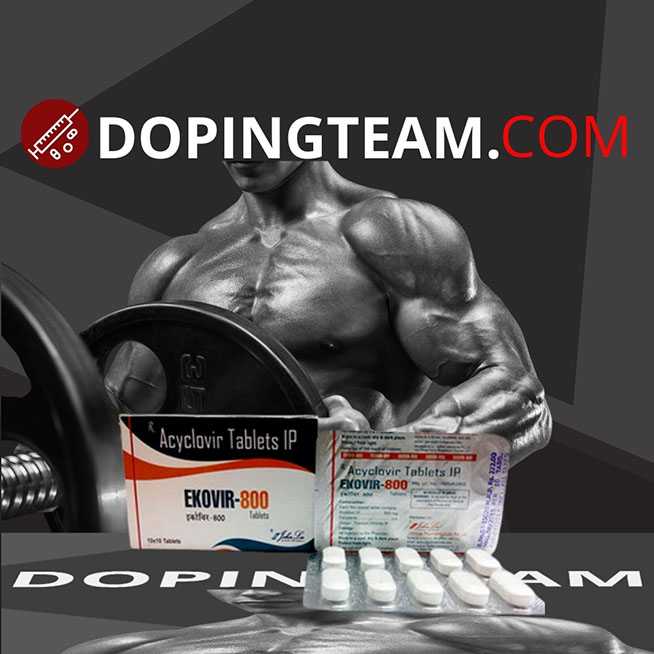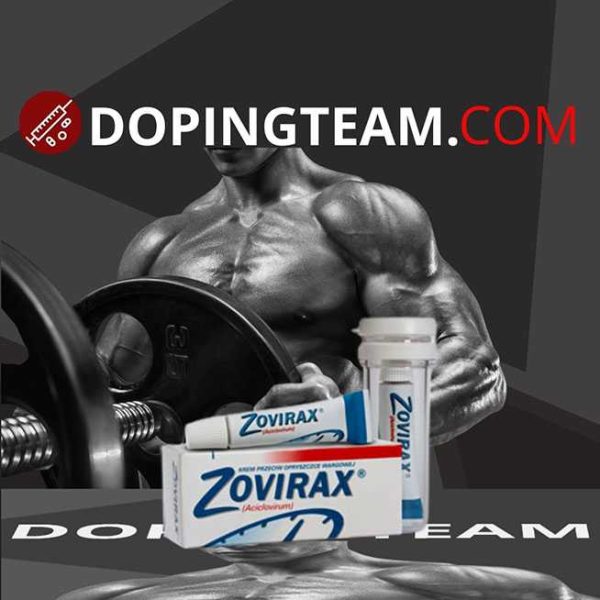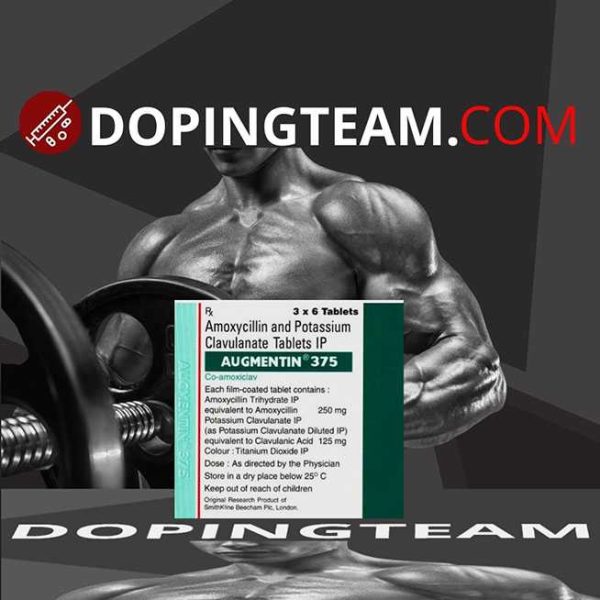Description
COMPOSITION
Active ingredient: acyclovir;
1 tablet contains aciclovir 800 mg;
auxiliary substances: microcrystalline cellulose, silicon dioxide colloid, sodium starch (type A), copovidone, magnesium stearate.
DOSAGE FORM
Pills.
PHARMACOTHERAPEUTIC GROUP
Antiviral agents for systemic use.
DOSING AND ADMINISTRATION EKOVIR 800
Ekovir 800 should be taken as soon as possible, with the appearance of the first manifestations of the disease on the skin. If recurrent herpes simplex infection, Ekovir 800 should be used at the first signs of repeated herpetic infection (tingling, itching, appearance of vesicles).
Tablets should be taken after meals with plenty of fluids.
Treatment of infection caused by the virus Herpes zoster (shingles)
Ekovir 800 is prescribed 800 mg 5 times a day (4000 mg of acyclovir per day) every 4 hours for 5-7 days, if necessary, the duration of treatment can be extended.
Patients with chronic renal insufficiency
In patients older than 65 years, renal failure is more common than in the younger age group. Therefore, this age group during the treatment of Ekovir 800 must regulate the use of fluid. Patients with chronic renal failure should be prescribed lower doses of acyclovir.
INDICATIONS
ADVERSE REACTIONS
The incidence of side effects is defined as follows: very often (≥ 1/10); often (≥ 1/100 to <1/10); infrequently (≥ 1/1000 to <1/100); rarely (≥ 1/10 000 to <1/1000); very rarely (≥ 1/10 000); unknown (can not be evaluated due to lack of data).
From the side of the lymphatic system and the blood system: very rarely anemia, leukopenia, thrombocytopenia.
On the part of the immune system: hypersensitivity reactions (skin rash, photosensitivity, urticaria, itching, angioedema, anaphylactic reactions, dyspnea).
Mental disturbances Infrequently: insomnia. Very rarely depersonalization and / or derealization (occurs after the drug is discontinued). Transient psychosis, especially after administration of acyclovir in the progression of the disease.
From the side of the nervous system Often: neurological manifestations, incl. dizziness, drowsiness, anxiety, hallucinations. These adverse reactions are more common in patients with renal insufficiency and disappear after discontinuation of the drug. Infrequently: headache, exhaustion. Temporary convulsive seizures, especially after administration of acyclovir in the progression of the disease. Also a loss of consciousness, and perhaps a coma.
From the side of the digestive tract Often: abdominal pain, nausea, diarrhea, vomiting.
- Hepatobiliary system: very rarely hepatitis, jaundice.
- From the side of the skin: Often diffuse alopecia.
- From the kidneys of the system Very rarely: acute renal failure.
- Common disorders: very rarely obesity.
- Tests: Very rarely: a temporary increase in the level of bilirubin, liver enzymes, urea and creatinine, and small changes in blood counts.
OVERDOSE EKOVIR 800
Acyclovir is partially absorbed in the gastrointestinal tract. In the case of oral intake ≤ 20 g of acyclovir, the toxic effect does not develop. A randomly repeated overdose of acyclovir with oral administration for several days may be accompanied by disorders from the gastrointestinal tract – incl. Nausea, vomiting and nervous system – incl. headache, discomfort.
In cases of overdose, the necessary measures to remove the drug (hemodialysis).
USE DURING PREGNANCY OR LACTATION
The use of the drug during pregnancy is only possible when assessing the benefits of use over potential risks. If it is necessary to prescribe the drug during breastfeeding, the patient should stop breastfeeding during treatment.
CHILDREN
For children under 2 years of age, this form of the drug is not used.
APPLICATION FEATURES EKOVIR 800
It is necessary to adjust the dose of the drug in patients with renal insufficiency. In the absence of data on the use of acyclovir for the prevention of infection in patients with renal insufficiency or anuria, Ekovir 800 should not be used in patients in this group.
In patients older than 65 years, renal failure is more common than in the younger age group. Therefore, this age group during the treatment of Ekovir 800 requires ongoing monitoring of kidney function and regulate fluid intake. If necessary, the dose is adjusted.
THE ABILITY TO INFLUENCE THE REACTION RATE WHEN DRIVING OR WORKING WITH OTHER MACHINERY
There are no data on the effect of the reaction rate when driving or working with other mechanisms.
INTERACTION EKOVUR 800 WITH OTHER DRUGS AND OTHER INTERACTIONS
With simultaneous application with cimetidine and probenecid, the concentration of acyclovir in the blood plasma increases. Also, the concentration of acyclovir in the blood plasma increases with simultaneous use with an inactive metabolite mycophenolate (immunosuppressant, which is used for organ transplantation). With simultaneous application with zidovudine, neuropathy, trial and lethargy are possible.
PHARMACOLOGICAL PROPERTIES
Pharmacodynamics. Acyclovir is a pharmacological inactive substance that is transformed into an antiviral agent only after penetration into cells infected with the Herpes simplex virus (herpes simplex), Varicella-zoster (shingles). Activation of acyclovir occurs due to the catalytic action of thymidine kinase viruses, an enzyme that is required for viral replication. This process occurs in 4 phases: the introduction of acyclovir into cells infected with herpes viruses; phosphorylation of acyclovir in acyclovir-monophosphate with the participation of thymidine kinase enzyme contained in virus-infected cells; transformation under the influence of cellular enzymes acyclovir-monophosphate in acyclovir-triphosphate, which exhibits antiviral activity; the relationship of acyclovir-triphosphate with viral DNA polymerase is 10 to 30 times higher, than cellular polymerase, and provides a selective suppression of the activity of the enzyme of the viral polymerase, leads to inhibition of the synthesis of viral DNA and, accordingly, to inhibition of viral replication. With herpes, prevents the formation of new elements of the rash, reduces the likelihood of skin dissemination and visceral complications, accelerates the formation of the crust. Reduces pain in the acute phase of herpes zoster. It has an immunostimulating effect.
Pharmacokinetics.
After oral administration, acyclovir is partially absorbed into the intestine. Concentration after oral administration per day 800 mg – 8.16 ± 1.98 mmol / l, Peak maximum concentration is achieved in 1.5-2 hours. Penetrates through the BBB and placental barrier, excreted in breast milk. It penetrates well into organs and tissues, the concentration in the cerebrospinal fluid is 50% of the blood level. After oral intake of 1 g per day, the concentration in breast milk is 60-410% of its concentration in plasma (in the body of a child with breast milk, acyclovir is in a dose of 0.3 μg / kg per day). The connection with plasma proteins is 9-33%. Metabolised in the liver to form a metabolite 9-carboxymethylguanine. is excreted by the kidneys in unchanged form by glomerular and tubular secretion, in the form of a metabolite – 10-15%. The rate of excretion slows down with age, and the half-life of the active substance is increased. In patients with severe renal insufficiency, the half-life is 20 hours, with hemodialysis -5-7 hours (the concentration of acyclovir in the plasma decreases to 60% of the initial value).
BASIC PHYSICAL AND CHEMICAL PROPERTIES
white round, biconvex tablets with the impression “VS 3”.
SHELF LIFE
5 years. Do not use after the expiration date.
STORAGE CONDITIONS
Store at a temperature of no higher than 25 ° C in the original packaging.
Keep out of the reach of children.


